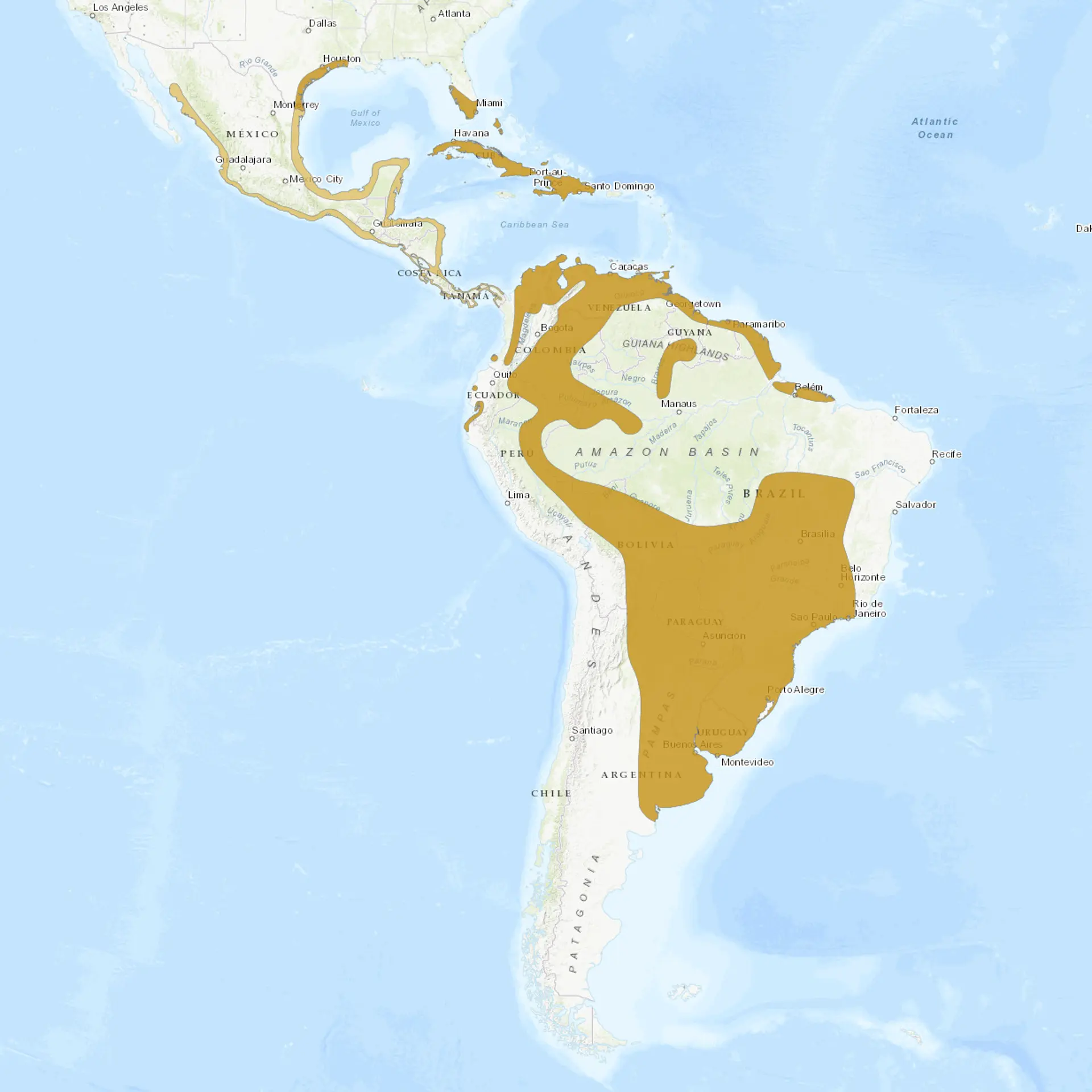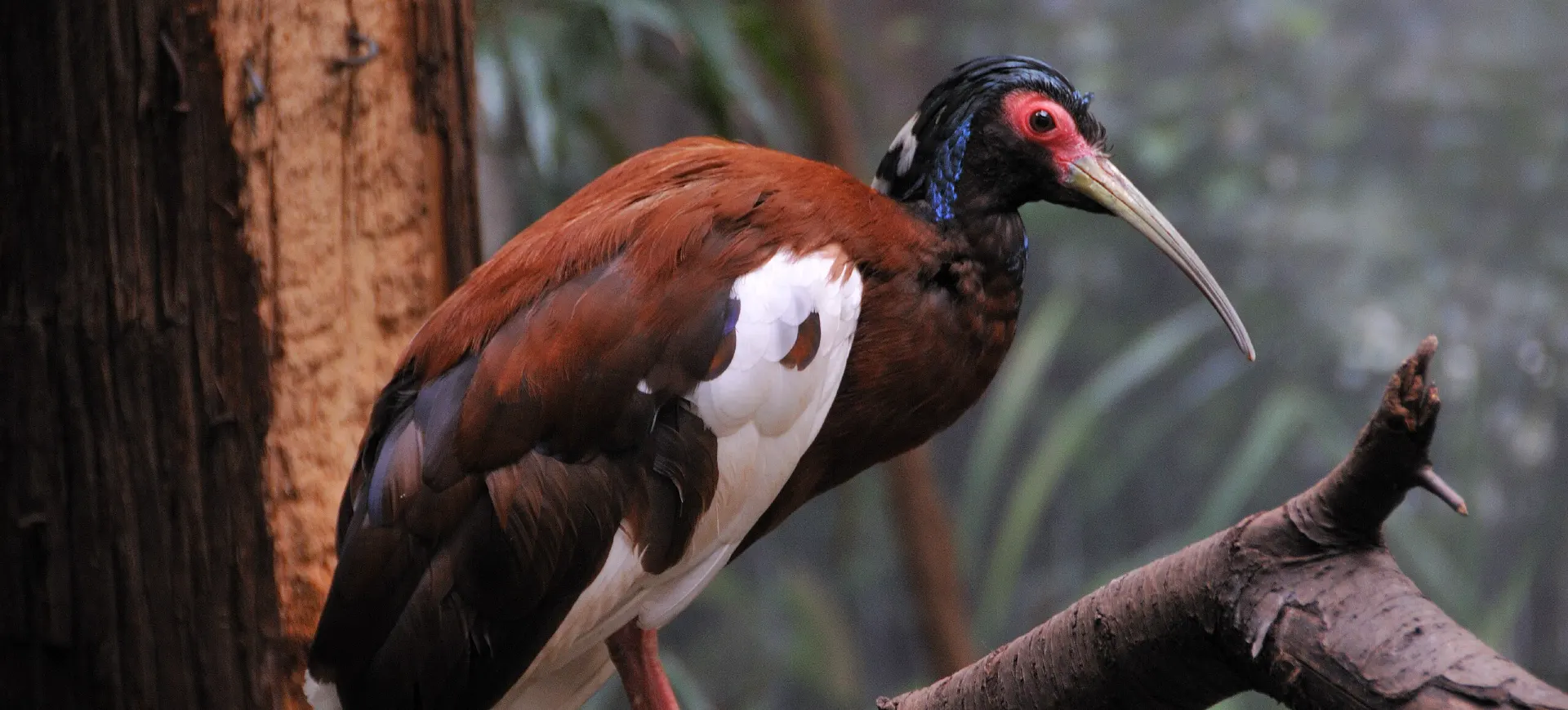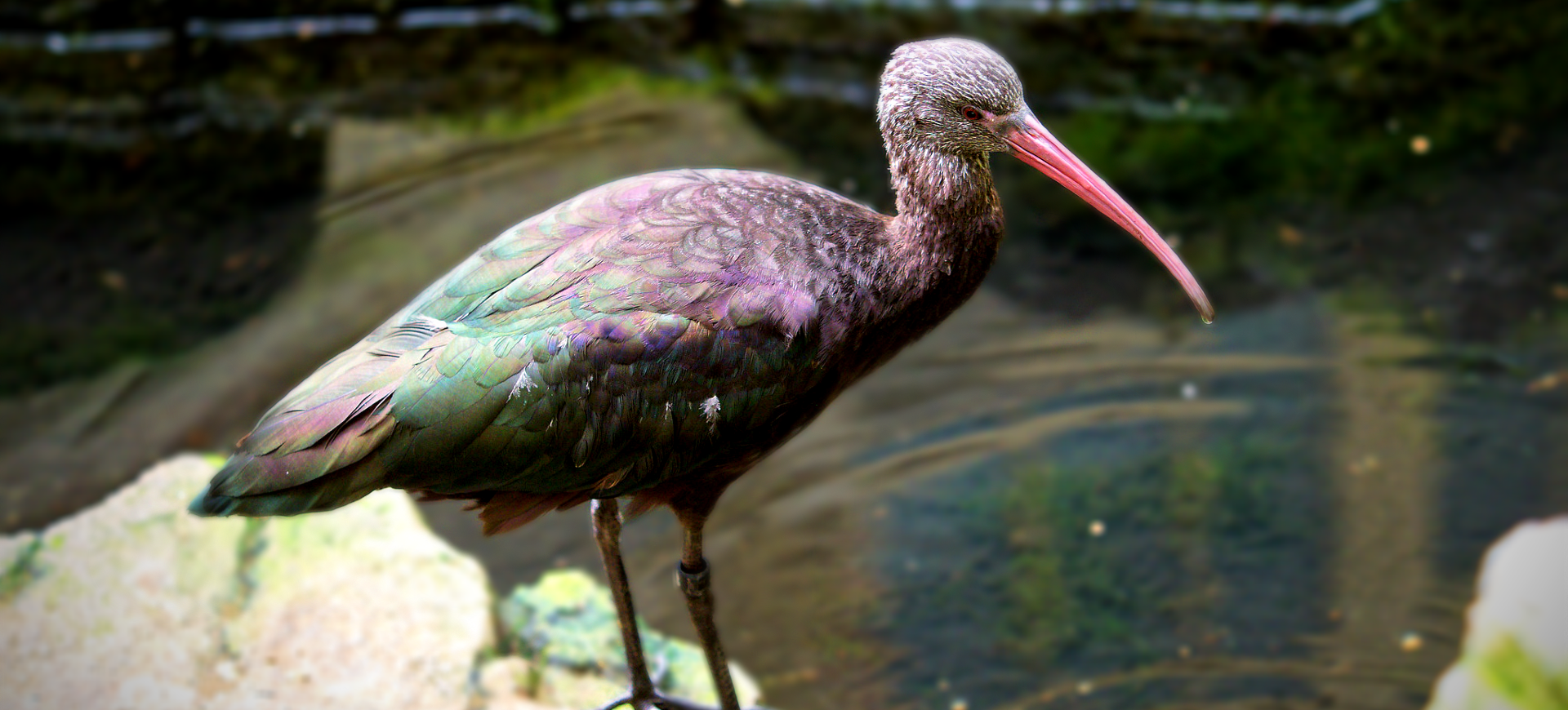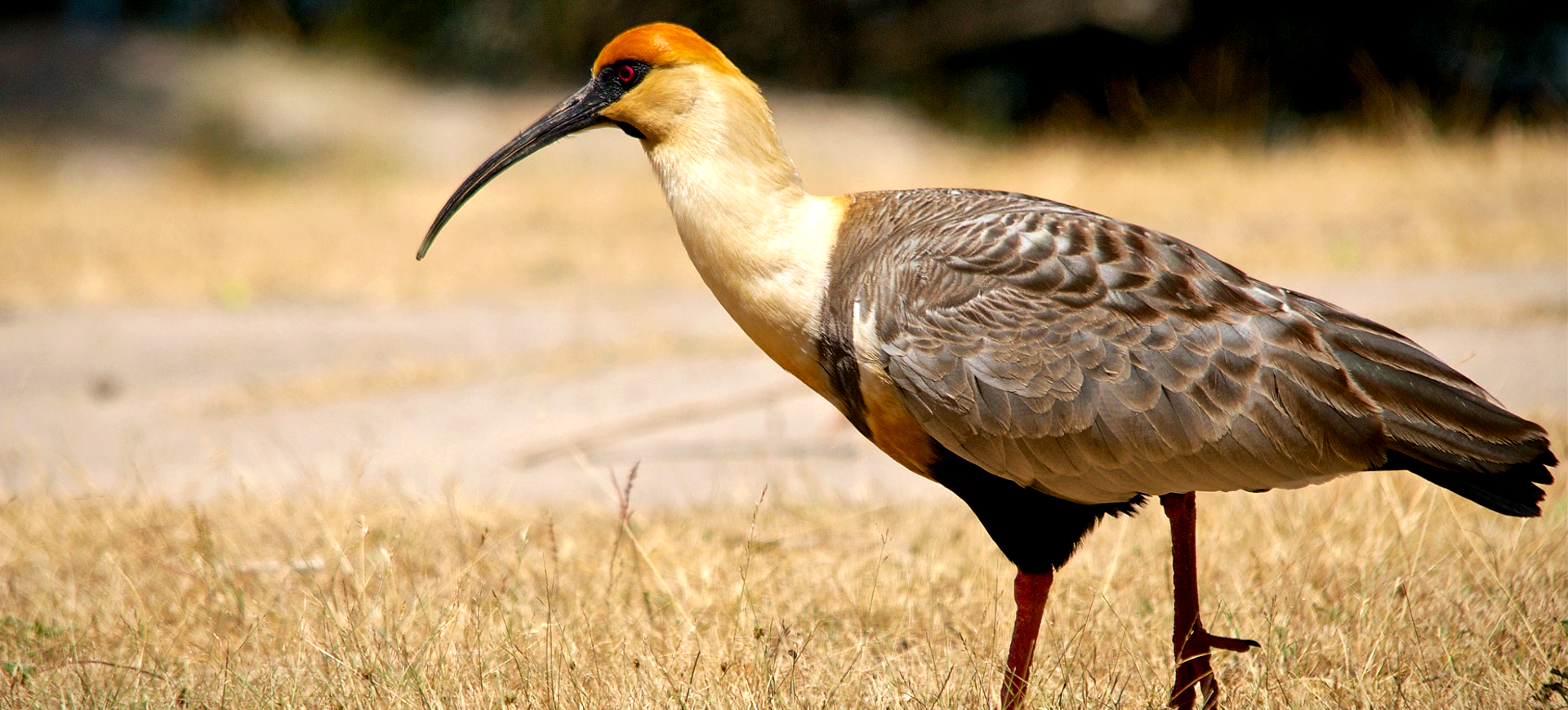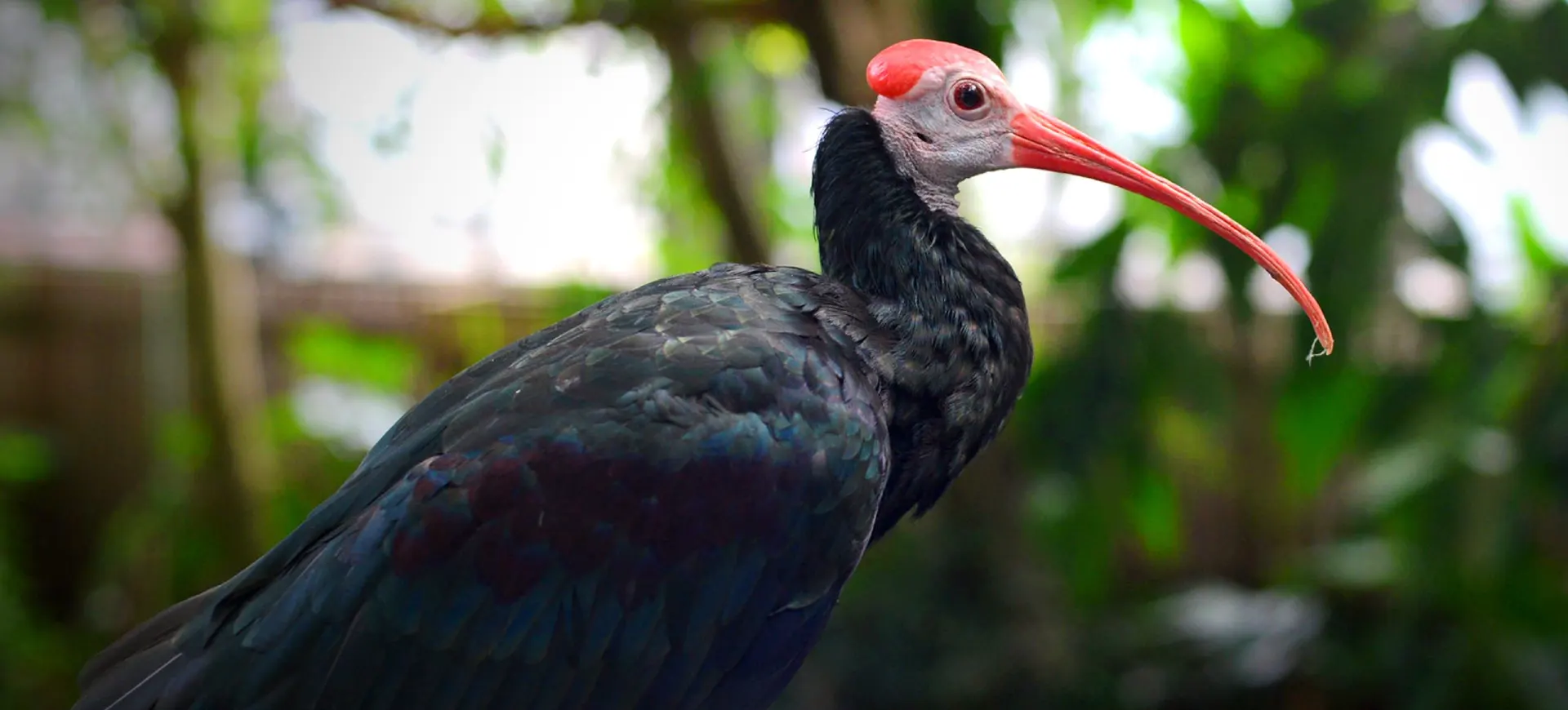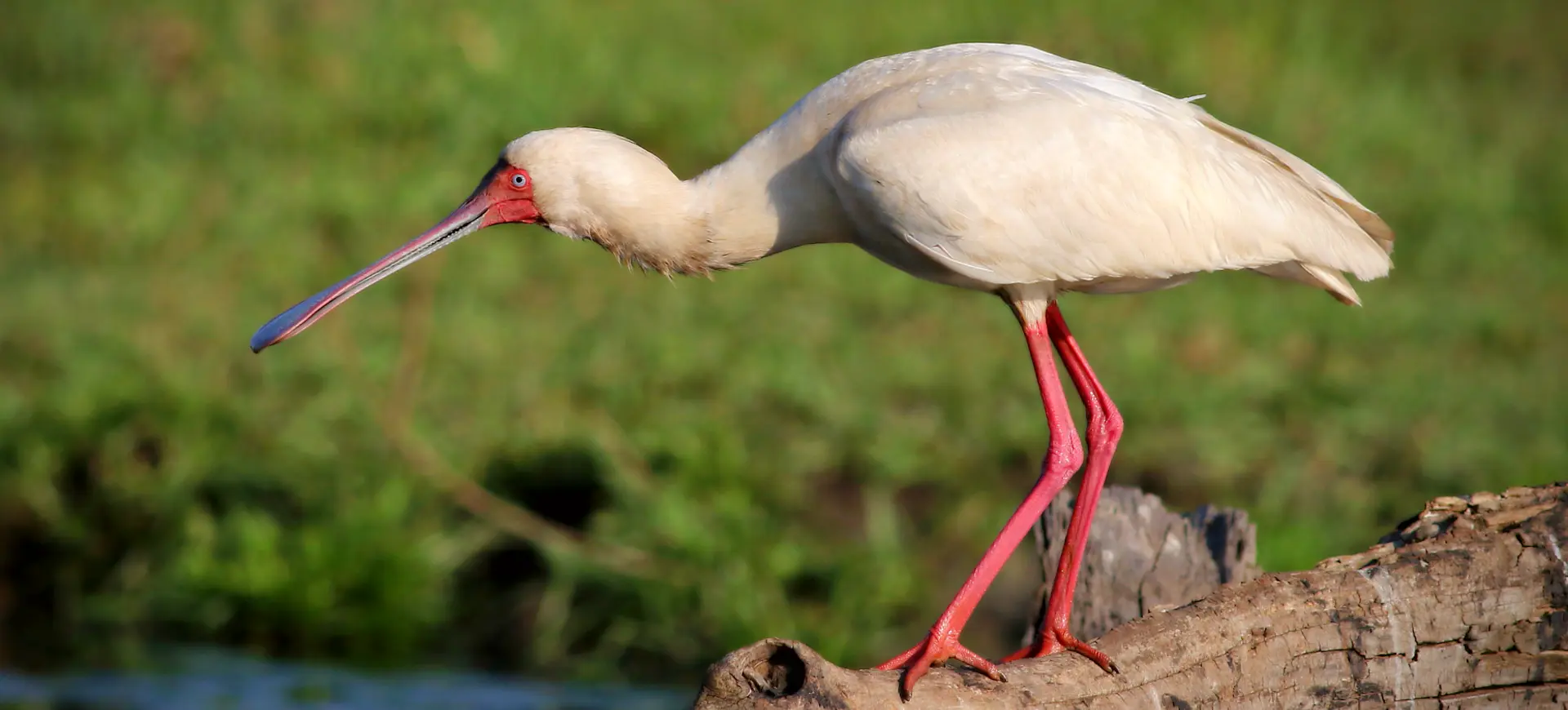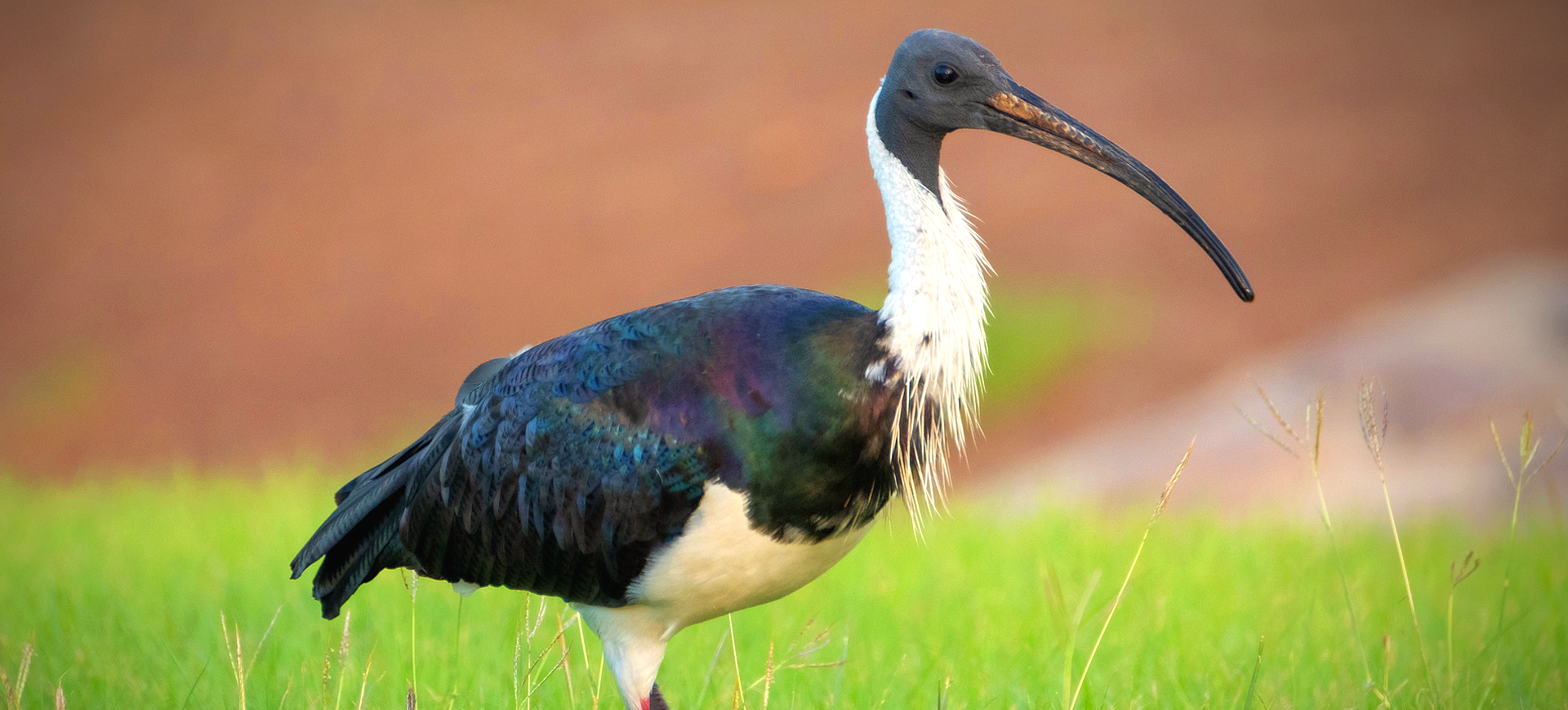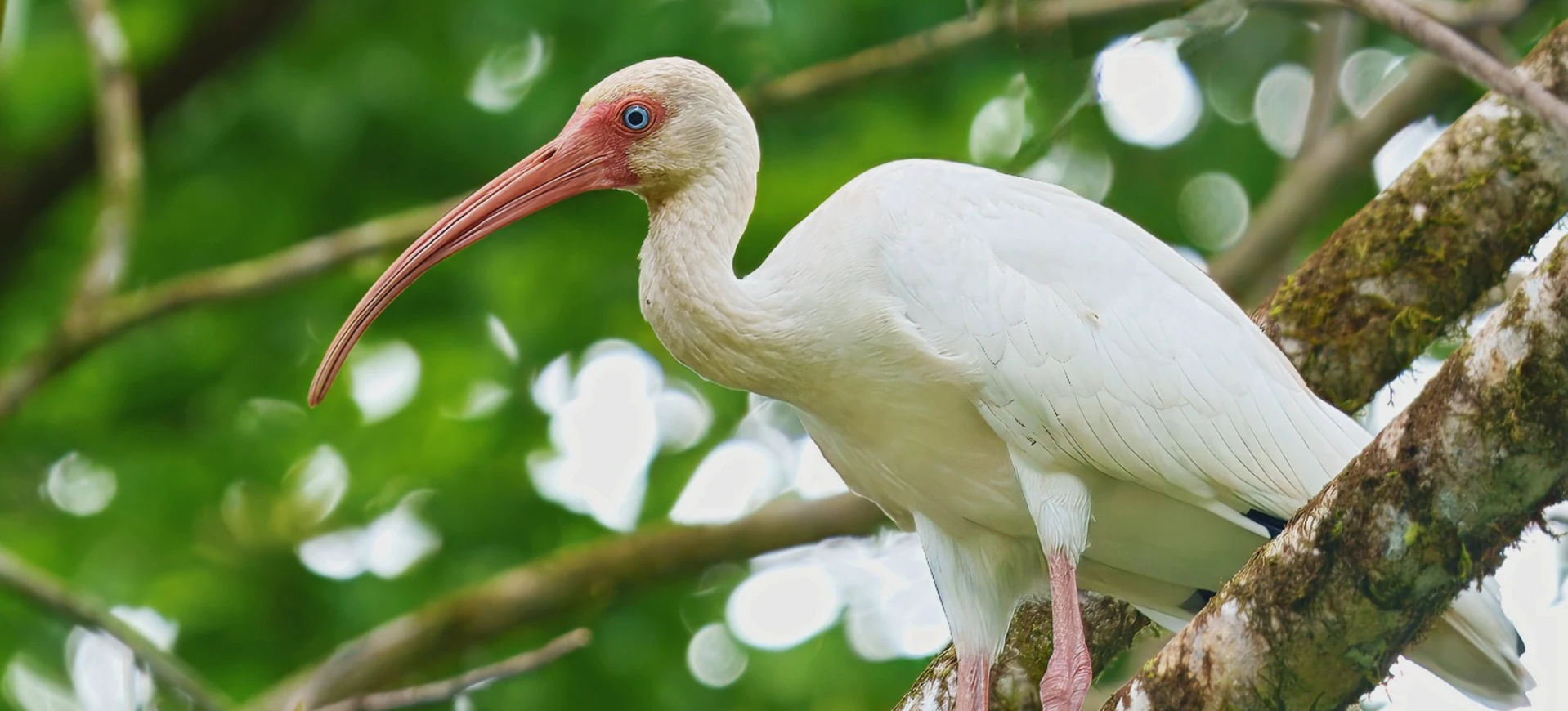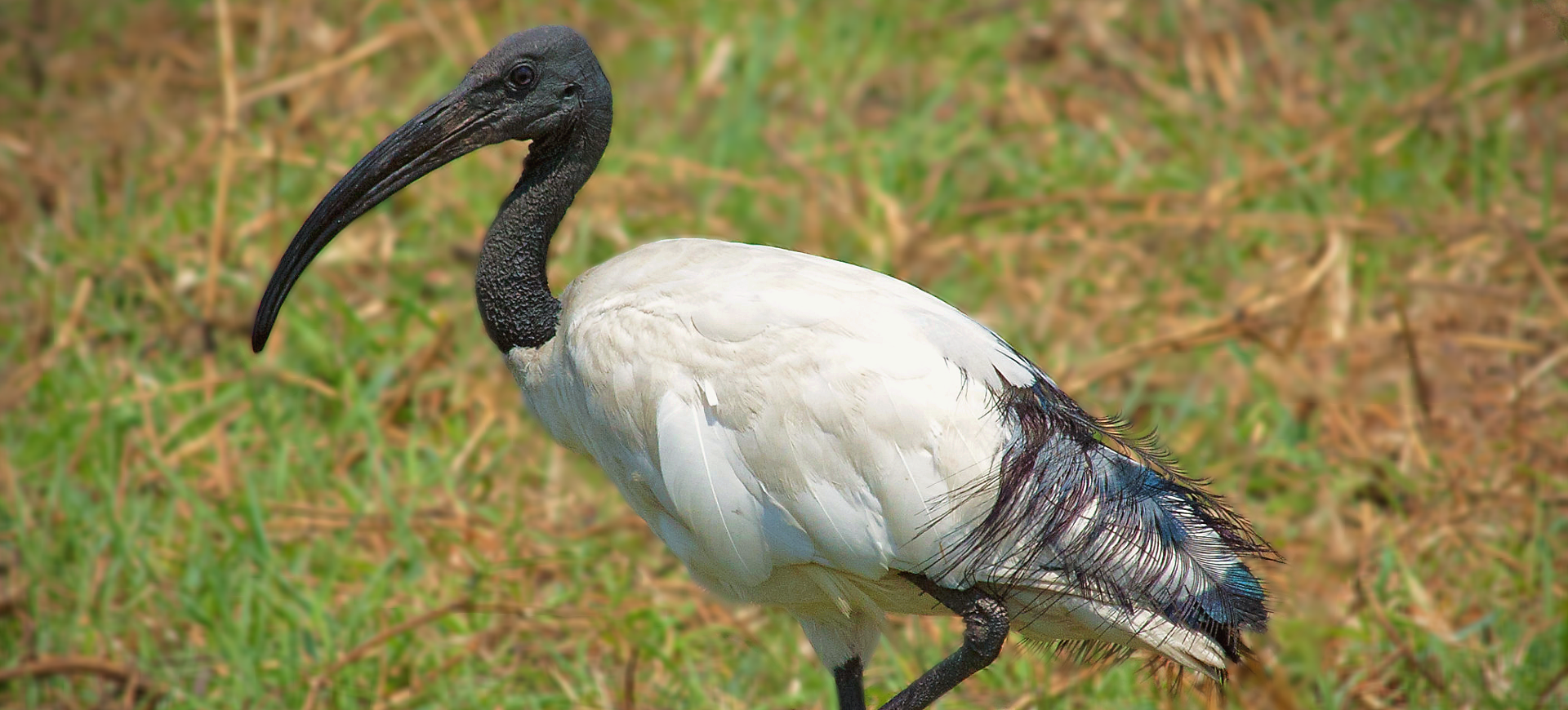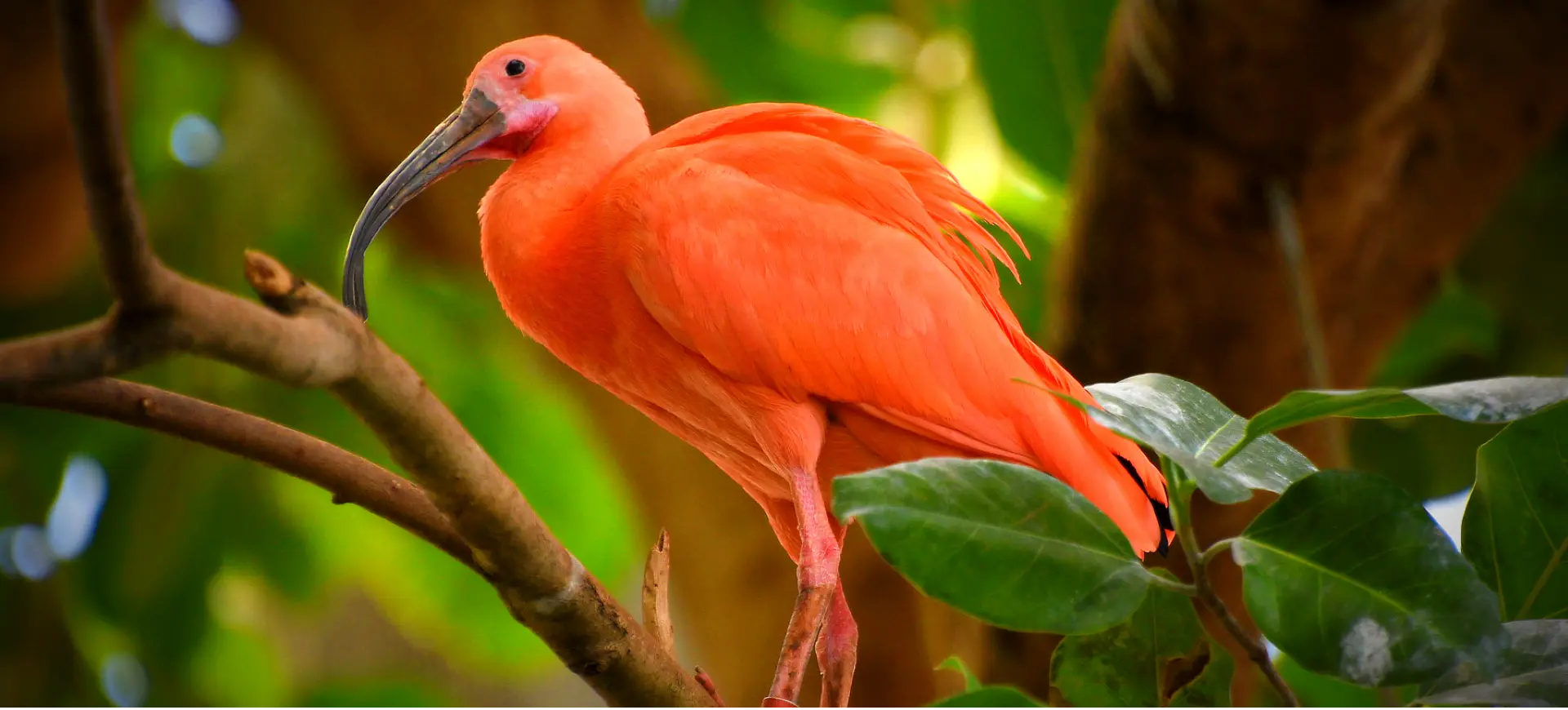Overview
The Roseate Spoonbill is a striking wading bird known for its vibrant pink plumage and distinct spatula-shaped bill. The intensity of its coloring can range from pale pink to deep magenta and is a result of its diet, primarily comprised of crustaceans. The bird’s unique spoon-shaped bill is ornamental and instrumental in sifting through mud to catch its prey.
The Roseate Spoonbill primarily resides in shallow wetlands and mangroves. Often seen standing on one leg, it uses its bill to sweep side-to-side in the water to feed on small fish and crustaceans. Despite its eye-catching appearance, the Roseate Spoonbill is often mistaken for a flamingo from a distance, given the similarities in size and color.
Adult Roseate Spoonbills are unmistakable with their long legs, necks, and peculiarly shaped bills. However, juveniles sport a duller greyish-white plumage, attaining their pink hues as they mature. The bird’s wings also showcase a rich red at the shoulder, adding to its striking appearance.
Taxonomy
Kingdom
Phylum
Class
Order
Family
Genus
Species
Type
Current distribution:
The Roseate Spoonbill is primarily found across diverse regions, from South and Central America to Mexico. Furthermore, it has a notable presence along the United States Gulf Coast. Within the U.S., these distinctive birds are commonly observed in locales like Texas, Louisiana, and the southern regions of Florida, showcasing their adaptability to different environments and habitats.
Recently, there's been a positive shift in the population trends of the Roseate Spoonbill, particularly in areas like Florida. This resurgence can be attributed to robust conservation efforts and effective legal protections. Such initiatives not only help protect these birds but also ensure the preservation of the unique habitats they thrive in. These efforts are a testament to dedicated conservation strategies' impact on reversing species' decline.
Physical Description:
The Roseate Spoonbill stands out with its bright pink feathers, which gain intensity and vibrancy as the bird ages. The richer the pink, the healthier the bird will likely be, as the color results from a carotenoid-rich diet. Its legs are also pink, while its feet are more of a yellowish shade.
The bird’s most distinguishing feature, the spoon-shaped bill, is flat and long, growing up to 7 inches long. This bill is not just for show; it’s a highly evolved tool designed to help birds sift through mud and water to find food. When flying, the Roseate Spoonbill’s long legs trail behind, and its neck retracts in a way characteristic of herons and ibises.

Lifespan: Wild: ~10 years || Captivity: ~20 years

Weight: Male: 2.9-3.3 lbs (1.3-1.5 kg) || Female: 2.5-3.1 lbs (1.1-1.4 kg)

Length: Male: 28-32 inches (71-81 cm) || Female: 26-30 inches (66-76 cm)

Wingspan: 47-52 inches (120-133 cm)

Top Speed: 20 mph (32 km/h)
Characteristic:
Native Habitat:
The Roseate Spoonbill predominantly inhabits wetlands, marshes, and mangroves, areas abundant in the foods they relish. They have a distinct preference for shallow tidal zones, allowing them to employ their specialized bills effectively in their foraging activities. The design of their bill is a remarkable evolutionary adaptation, specifically tailored to the environments they frequent and the food they pursue.
Historically, the range of the Roseate Spoonbill was broader, covering a vast expanse of the southeastern United States. Tragically, their numbers and distribution significantly declined due to habitat loss and excessive hunting. This decline was particularly pronounced in the late 19th and early 20th centuries, leading to their current, more restricted distribution. Conservation efforts are vital to preserve their habitats and stabilize their populations.
Biomes:
Biogeographical Realms:
Continents:
Countries:
Diet:
Diet & Feeding Habits:
The Roseate Spoonbill often frequents shallow waters, using its uniquely shaped bill to sift through the mud and detect small aquatic animals. Their foraging method is rhythmically consistent as they sweep their bills. This species relies significantly on touch to locate their prey, using sensitive nerve endings in the bill to feel for movement below the water’s surface. This tactile strategy distinguishes them from many other birds and ensures effective hunting.
The diet of the Roseate Spoonbill primarily comprises small fish, shrimp, crabs, and aquatic insects. However, there’s a captivating connection between their food and vibrant appearance. The crustaceans they eat are rich in carotenoids, which, when digested, break down into pink and red pigments. These pigments get deposited in the bird’s feathers, skin, and bill, granting them their distinctive rosy hue.
Mating Behavior:
Mating Description:
Roseate Spoonbills are colonial nesters, usually breeding with other wading birds in large groups. During courtship, males present nesting materials to the female and perform a series of displays, including bill clapping and mutual preening.
After mating, both parents participate in nest building, incubation, and care of the chicks. Nests are typically constructed in trees or shrubs and are made of sticks and twigs.
Reproduction Season:
Birth Type:
Pregnancy Duration:
Female Name:
Male Name:
Baby Name:
Social Structure Description:
Roseate Spoonbills are social birds, often seen feeding in groups. They also nest colonially, often with other species of wading birds. Outside the breeding season, they can be found in mixed flocks with other herons, ibises, and waders.
While they are not known for being territorial, they can exhibit aggressive behaviors to protect their nests and chicks during the breeding season. Parental care is shared, with the male and female taking turns incubating the eggs and feeding the chicks.
Groups:
Conservation Status:
Population Trend:
The Roseate Spoonbill faced significant threats in the late 19th and early 20th centuries due to hunting for their vibrant feathers, which were in demand by the fashion industry. Additionally, habitat loss posed a severe threat to their populations.
However, their numbers have rebounded since then, thanks to strict legal protections and focused conservation efforts. While exact numbers are challenging to ascertain, the population trend is stable, especially in areas where their habitats are protected.
Population Threats:
The primary threats facing the Roseate Spoonbill today include habitat loss and degradation. As wetlands are drained and developed, these birds lose essential feeding and nesting grounds.
Additionally, water pollution, particularly from agricultural runoff, can impact the availability and quality of their food sources. Changes in water salinity can also influence the abundance of the crustaceans they feed on, potentially impacting their vibrant coloration.
Conservation Efforts:
Conservation initiatives for the Roseate Spoonbill include habitat protection and restoration. Wetlands, their primary habitat, are now better recognized for their ecological importance and services, including flood control, water purification, and supporting biodiversity.
Legislative protections have also played a crucial role. The U.S. Migratory Bird Treaty Act protects against hunting, capturing, or killing these birds. Ongoing research and monitoring help better understand their requirements and threats, guiding effective conservation strategies.
Additional Resources:
Fun Facts
- The spoon-shaped bill has sensitive nerve endings that help the bird detect prey.
- The color intensity of a Roseate Spoonbill can indicate its health.
- They are often mistaken for Flamingos because of their pink color.
- Juvenile Roseate Spoonbills are not pink but turn pink as they mature.
- They are the only spoonbill species found in the Americas.
- They often share their habitat with other wading birds like herons and egrets.
- Roseate Spoonbills sleep standing up on one leg.
- They were once hunted to near extinction for their feathers in the late 19th century.
- Unlike many birds, they do not have a vocal song but instead make low grunting noises.
- The carotenoids in their diet, responsible for their pink hue, are antioxidants that might help combat diseases.


